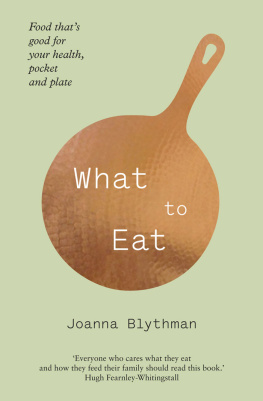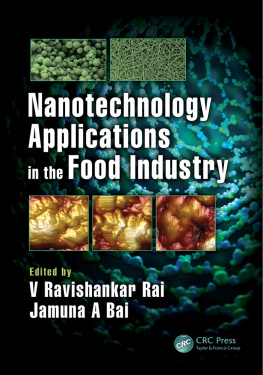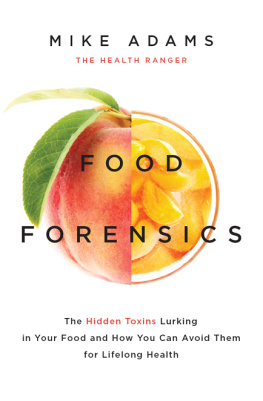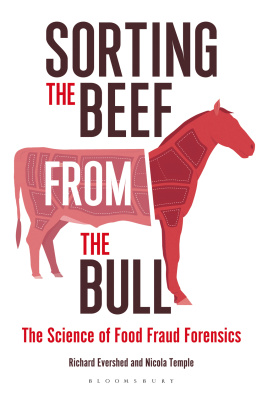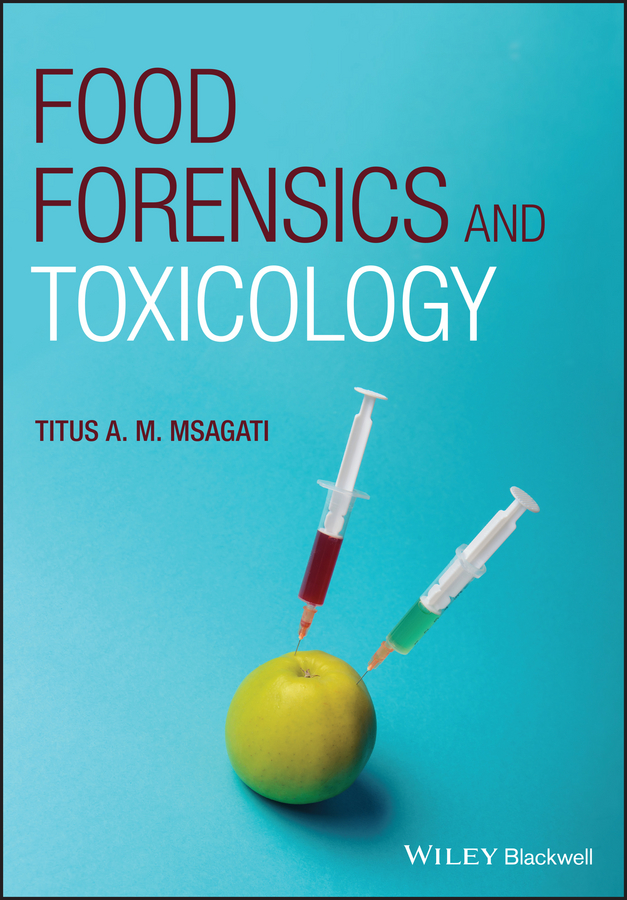
Table of Contents
List of Tables
- Chapter 02
- Chapter 03
- Chapter 05
- Chapter 11
- Chapter 12
- Chapter 15
List of Illustrations
- Chapter 04
- Chapter 05
- Chapter 06
- Chapter 07
- Chapter 11
- Chapter 12
- Chapter 15
- Chapter 16
- Chapter 17
- Chapter 18
- Chapter 19
Guide
Pages
Food Forensics and Toxicology
Titus A. M. Msagati
College of Science, Engineering and Technology
University of South Africa
Johannesburg, South Africa
This edition first published 2018
2018 John Wiley & Sons Ltd
All rights reserved. No part of this publication may be reproduced, stored in a retrieval system, or transmitted, in any form or by any means, electronic, mechanical, photocopying, recording or otherwise, except as permitted by law. Advice on how to obtain permission to reuse material from this title is available at http://www.wiley.com/go/permissions.
The right of Titus A. M. Msagati to be identified as the author of this work has been asserted in accordance with law.
Registered Offices
John Wiley & Sons, Inc., 111 River Street, Hoboken, NJ 07030, USA
John Wiley & Sons Ltd, The Atrium, Southern Gate, Chichester, West Sussex, PO19 8SQ, UK
Editorial Office
The Atrium, Southern Gate, Chichester, West Sussex, PO19 8SQ, UK
For details of our global editorial offices, customer services, and more information about Wiley products visit us at www.wiley.com.
Wiley also publishes its books in a variety of electronic formats and by printondemand. Some content that appears in standard print versions of this book may not be available in other formats.
Limit of Liability/Disclaimer of Warranty
While the publisher and authors have used their best efforts in preparing this work, they make no representations or warranties with respect to the accuracy or completeness of the contents of this work and specifically disclaim all warranties, including without limitation any implied warranties of merchantability or fitness for a particular purpose. No warranty may be created or extended by sales representatives, written sales materials or promotional statements for this work. The fact that an organization, website, or product is referred to in this work as a citation and/or potential source of further information does not mean that the publisher and authors endorse the information or services the organization, website, or product may provide or recommendations it may make. This work is sold with the understanding that the publisher is not engaged in rendering professional services. The advice and strategies contained herein may not be suitable for your situation. You should consult with a specialist where appropriate. Further, readers should be aware that websites listed in this work may have changed or disappeared between when this work was written and when it is read. Neither the publisher nor authors shall be liable for any loss of profit or any other commercial damages, including but not limited to special, incidental, consequential, or other damages.
Library of Congress CataloginginPublication Data
Names: Msagati, Titus A. M.
Title: Food forensics and toxicology / Titus A.M. Msagati.
Description: First edition. | Hoboken, NJ, USA : Wiley, 2017. | Includes bibliographical references and index. |
Identifiers: LCCN 2017031781 (print) | LCCN 2017036341 (ebook) | ISBN 9781119101390 (pdf) | ISBN 9781119101383 (epub) | ISBN 9781119101413 (hardback)
Subjects: LCSH: FoodToxicology. | Food fraud. | Food industry and tradeHealth aspects. | Food adulteration and inspection. | Fraud investigationCase studies. | Food poisoningCase studies. | BISAC: TECHNOLOGY & ENGINEERING / Food Science.
Classification: LCC RC965.F58 (ebook) | LCC RC965.F58 M73 2017 (print) | DDC 615.9/54dc23
LC record available at https://lccn.loc.gov/2017031781
Cover Design: Wiley
Cover Image: Andrzej Wilusz/Shutterstock
Preface
Deliberate tampering of foods (food adulteration, changes to originality and composition, etc.) for whatever purpose, be it for ensuring unfair business advantages in winning markets for economic gain, or unlawful tendencies that result in trespassing on legal binding standards, and crimes harming other human beings, are on the increase. The tendencies to either add or subtract food components, replace food ingredients with inferior ones, or label inferior food products with those of higher grade components, have become a serious problem and are affecting people in various ways almost everywhere.
In some cases, food adulteration has involved the deliberate introduction of harmful substances into foods (chemical and biological poisonous agents), where foodstuffs such as fruits, seafood, milk, dairy products, and water have been poisoned and therefore have directly affected the health of consumers either individually or as a large part of the community, causing disease and illness, abnormalities such as neurological impairment, allergies, and even death. There is a heavy penalty to be paid by criminals who cause food poisoning by food adulterations, as there are now laws that govern the quality of foods, together with standards, guidelines, and regulations that have to be adhered to by food producers, food processing industries, vendors, and food distributors.
This book covers different types of cases that encompass food forensics and food toxicology. The book also surveys different methods and techniques that are useful in providing the evidence required to be presented in food forensics cases. The book will be of relevance to colleges and universities where forensics science modules are being taught, or to academics who are involved in research activities in food forensics or food toxicology. The book may also be useful in food forensics laboratories, to researchers in food forensics, and government departments that deal with health and the general public at large.
List of Acronyms and Abbreviations
2,4D4Dichlorophenoxyacetic acid2,4,5T2,4,5Trichlorophenoxyacetic acid3PBA3Phenoxybenzoic acid4F3PBA4Fluoro3phenoxybenzoic acidAASAtomic Absorption SpectroscopyACAffinity ChromatographyAChEAcetylcholinesteraseACPAscorbylpalmitateADAAliphatic dicarboxylic acidADIAcceptable Daily IntakeAdSVAdsorptive stripping voltammetryAFMAtomic Force MicroscopyALTAlanine aminotransferaseAMAtrazine mercapturateAMP_PCRAnchored microsatellite primedPCRANNArtificial Neural NetworksANOVAAnalysis of VarianceAPCIAtmospheric Pressure Chemical IonizationAPIAtmospheric Pressure IonizationASTAspartate aminotransferaseATRAttenuated Total ReflectionBChEButyrylcholinesteraseBDDEBorondoped diamond electrodeBFEBismuth film electrodesBHAButylated hydroxyanisoleBHTButylated hydroxytolueneBOTXBotulinum toxinBSDABackward Stepwise Discriminant AnalysisBSEBovine Spongiform EncephalopathyBSEsBackscattered electronsCAChromosomal aberrationsCARTClassification and Regression TreesCCDCharged Coupled DetectorCDCircular DichroismCDTCytolethal Distending ToxinCECapillary ElectrophoresisCECCapillary ElectrochromatographyCGECapillary Gel ElectrophoresisCIEFCapillary Isoelectric FocusingCITPCapillary IsotachophoresisCKCreatine kinaseCMCarboxylmethylCMCCarboxylmethyl celluloseCMPCaseinomacropeptideCNECarbon nanotube electrodesCNSCoagulaseNegative StaphylococciCPB
Next page

